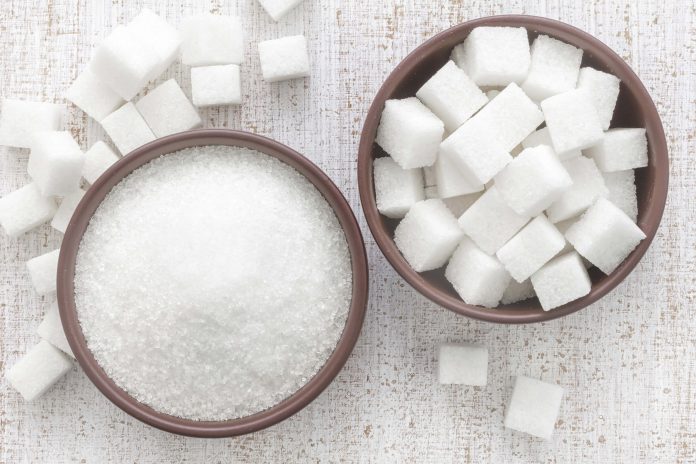Had governments over the years, focused on agricultural reforms, the farm sector would not be in as much distress as today. Thanks to surplus production and lack of adequate market linkages, in just the last year, maize prices fell 10%, jowar 21%, chana 34% and toor 31%. With little time now for any reforms to have an impact, and farmers taking to the streets, governments have few options other than to waive their loans—Rs 150,000 crore already—or to compensate them through higher minimum support prices (MSP). In the last budget, the FM announced the MSP would be fixed at 1.5 times the cost at the minimum and if the government couldn’t procure, farmers would get the difference between the MSP and market prices. While most assumed this meant 1.5 times the C2 cost, the government plans to use A2+FL costs that are 35-40% lower on average. Also, while 1.5 times A2+FL seems generous, it isn’t—in 2013-14, cotton MSPs were 1.6 times A2+FL, mustard 2.3 times and sugarcane 2 times.
Since the government essentially procured only wheat and paddy, it was only the MSPs for these crops that mattered till now. But, if the government is able to procure significant amounts of other crops now, the MSP would become the base price and cause significant inflation. In the case of ragi, as FE’s front-page graphic today shows, MSPs will have to be raised by 54%, 44% for jowar, 19-28% for cotton, etc. One way to contain inflation, experts suggest, is to stagger the implementation. Paddy has a high weight in CPI, and so the 14% required hike in its MSP can, alone, push up CPI inflation by 38 bps. If the government makes MSP-based deficiency payments, the costs can be huge and the system can be gamed—in Madhya Pradesh, the government was compelled to withdraw the Bhavantar scheme since it didn’t have the resources as traders colluded to depress market prices. This newspaper estimated a cost of Rs 80,000 crore annually if the current MSPs for all crops were used—and market prices were 20% below them—instead of the 1.5x formula. More importantly, cropping patterns will get distorted with farmers growing those crops that fetch a better MSP—sugarcane MSP is around 1.75 times A2+FL even now. It will also hit agriculture exports and those based on farm products.
Higher sugarcane prices have already meant India’s sugar exports are uncompetitive; hiking cotton prices by 19-28%, as will happen if the 1.5x formula is used, will mean that most exports of textiles and readymade garments will be badly hit. It is better for the government to follow the Telangana model where farmers are given a fixed amount of cash transfers for every acre of land holding. The government needs to estimate the increase in profits based on the 1.5x formula and convert this into a per-acre cash payment. Cash transfers are more efficient—with little or no leakage—and there would be no need to procure the produce except for the amount required for PDS rations. The Telangana model will also be inflationary since the cash would lead to spends on consumer staples, for instance, but this is likely to be far less inflationary. More important, it will not distort the market since the base prices of the food crops will not be touched. Till such time the government is able to free agriculture markets and carry out other reforms to limit the role of middlemen, this is probably the best strategy to alleviate farm distress.













